Platinum Palladium Contact Prints
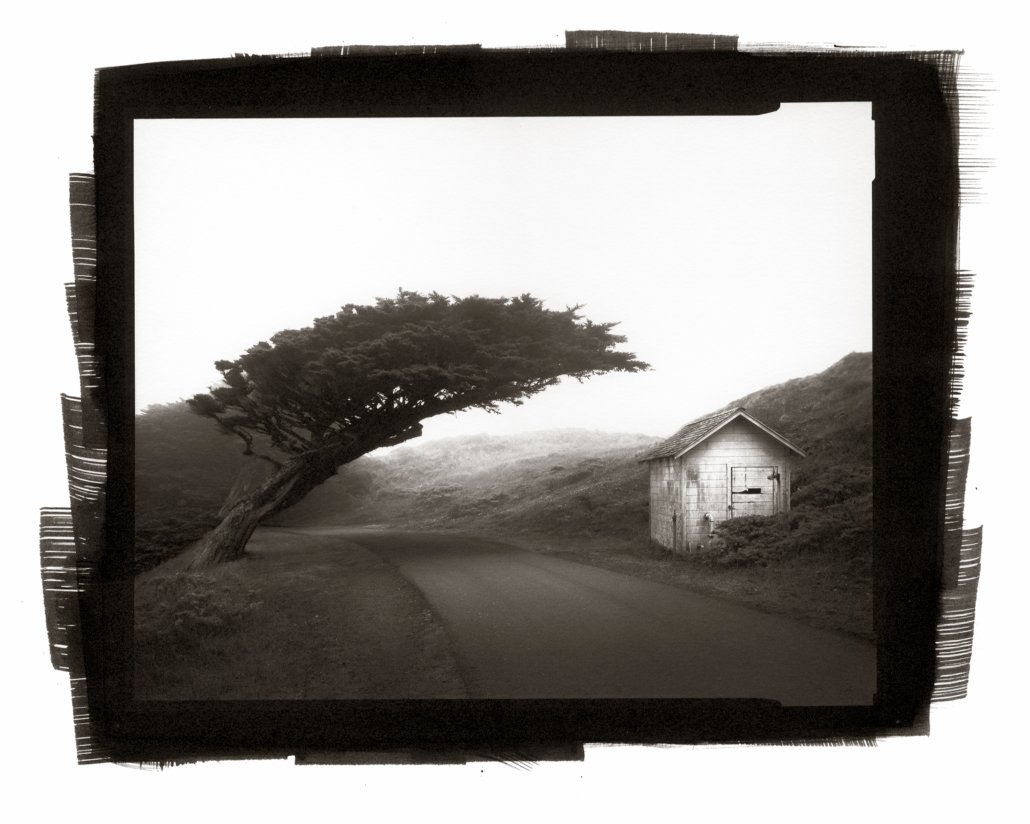 When it comes to capturing an image, there is something almost spiritual when you do it utilizing a Large Format Camera. The entire process of capturing an image is so much more than just clicking the shutter. Viewing the image and composing it on the large ground glass, checking and double checking composition, metering for exposure, inserting the film holder, removing the dark slide, waiting for just that right light to fall on the scene, clicking the shutter release, re-inserting the dark slide, removing the film holder, writing down your notes regarding the exposure and subject, and then crossing your fingers that you did everything you were supposed to do correctly in order to capture that image on film. For me, this entire process and experience of image capture is only one part of the overall experience of why I photograph with a Large Format Camera
When it comes to capturing an image, there is something almost spiritual when you do it utilizing a Large Format Camera. The entire process of capturing an image is so much more than just clicking the shutter. Viewing the image and composing it on the large ground glass, checking and double checking composition, metering for exposure, inserting the film holder, removing the dark slide, waiting for just that right light to fall on the scene, clicking the shutter release, re-inserting the dark slide, removing the film holder, writing down your notes regarding the exposure and subject, and then crossing your fingers that you did everything you were supposed to do correctly in order to capture that image on film. For me, this entire process and experience of image capture is only one part of the overall experience of why I photograph with a Large Format Camera
Large Format Photography provides you with large negatives and positives full of detail and information that are just begging to be printed. I believe an image isn’t a photograph until it has been printed. The print is the reason I pack 60 plus pounds of gear around to capture that one image that speaks to me. The print is that one tangible thing that will remain with you or with your family, or with someone that appreciates your images for years and generations to come. Long after it has been seen and then forgotten on social media.
“Our lives have become digital. Our friends are now virtual, and everything you could ever want to know is just a click away. Experiencing the world through endless second-hand information isn’t enough. If we want authenticity, we have to initiate it.”
-Travis Rice
Hearing these words from Travis Rice had a profound impact on me and my work and how I thought about sharing my images. I decided that sharing my work and images on social media wasn’t enough and that social media does not do justice for images captured with Large Format Cameras. I wanted to offer and give “authenticity” I decided that I wanted to make hand-made contact prints of my images. I wanted something the viewer could hold, feel, and look deep into at the small details that are just not visible on a small handheld device.
Contact prints are something special to look at as they will show every small detail captured on the negative. You can do contact prints in a variety of different media including traditional Silver Gelatin Darkroom Prints, but I choose Platinum Palladium prints for their range of tones, soft creamy whites, and most importantly long-life span.
I wanted my images to last for generations, long after I am gone from the world.
There is nothing quite like a hand made platinum palladium print. It is simultaneously gentle and powerful, it is subtle yet rich and luxurious, and it has a physical presence like no other print. They are a work of art unto themselves.
I wanted to share a quick step by step of the process, but this is in no way a tutorial of how to properly make a platinum palladium print. I recommend taking a workshop if one is available in your area or read a how to book. I have done both and I definitely recommend reading The Platinum Printing Workshop by Ian Leake as a starting point before you dive into the process.
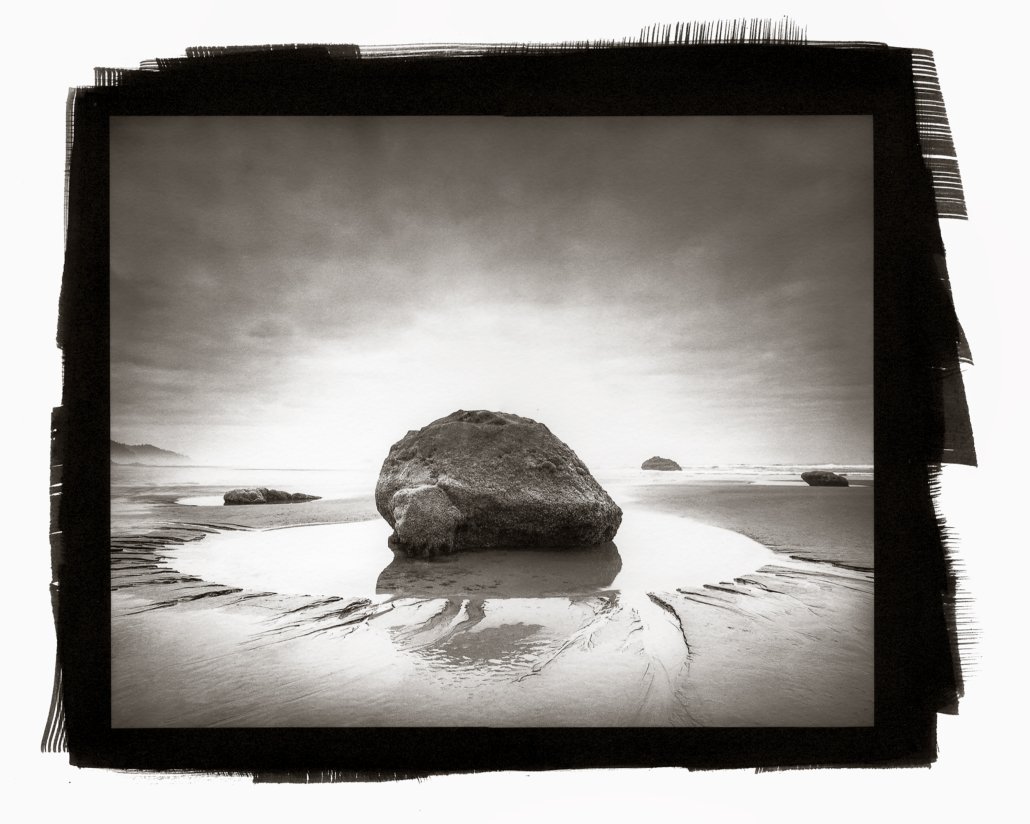
Cocoon – Oregon Coast – Platinum Palladium
Cotton rag paper is hand coated with a solution containing platinum and palladium salts and an iron oxalate sensitizer.
There are many paper choices, and some do better than others depending upon your environment, particularly your humidity level.
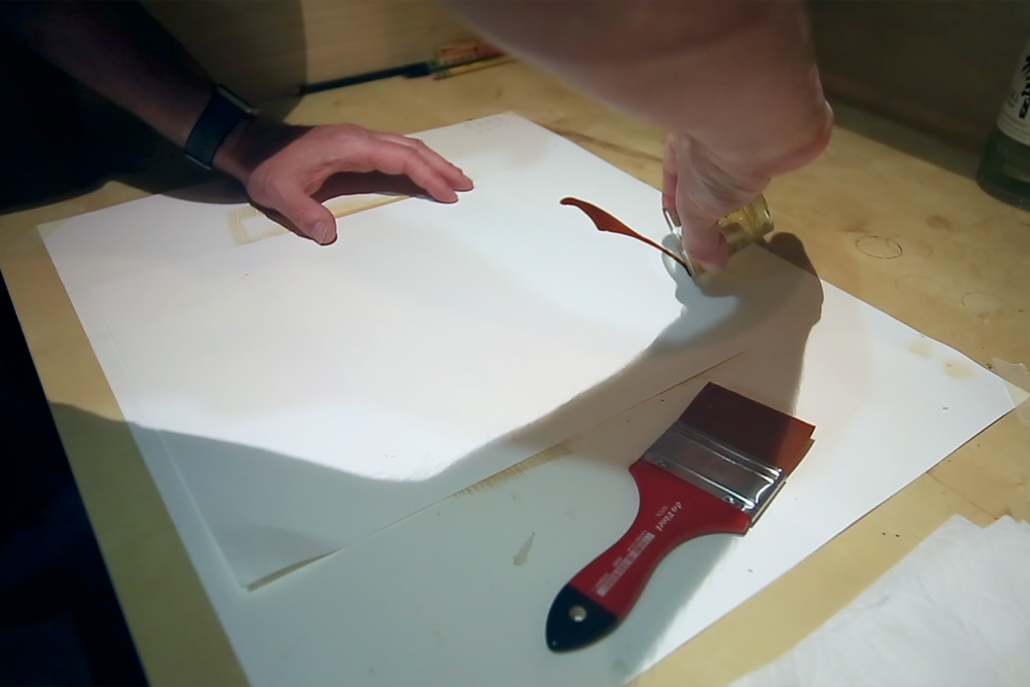
The mixture is then quickly brushed out across the paper as it is slightly absorbed into the paper.
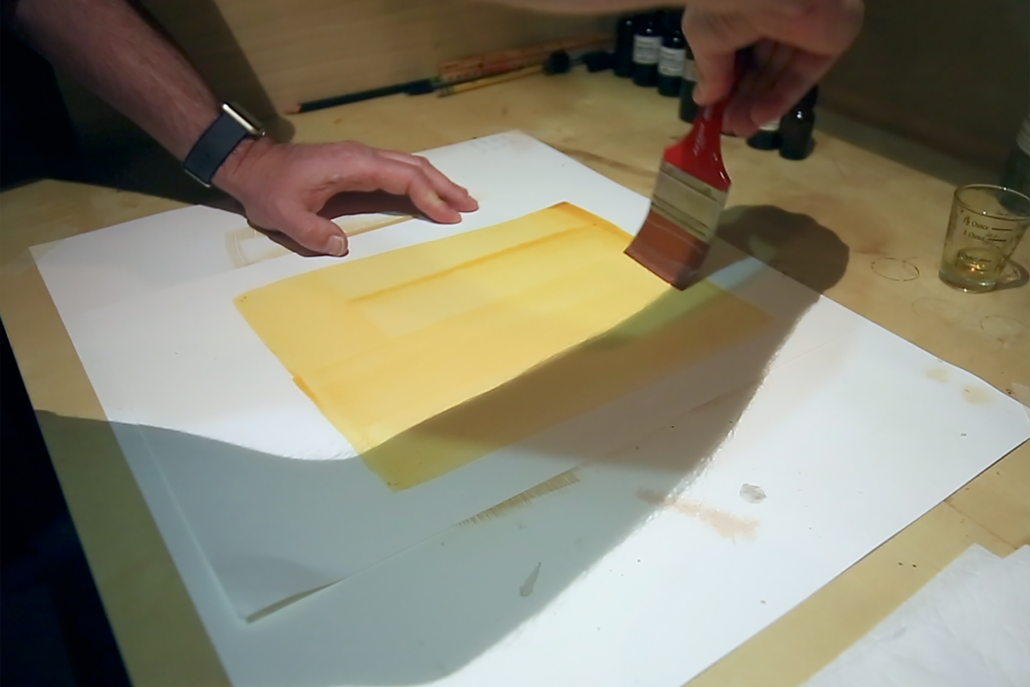
After drying, the paper and your negative are carefully sandwiched together under glass in a contact printing frame and exposed to Ultraviolet light.
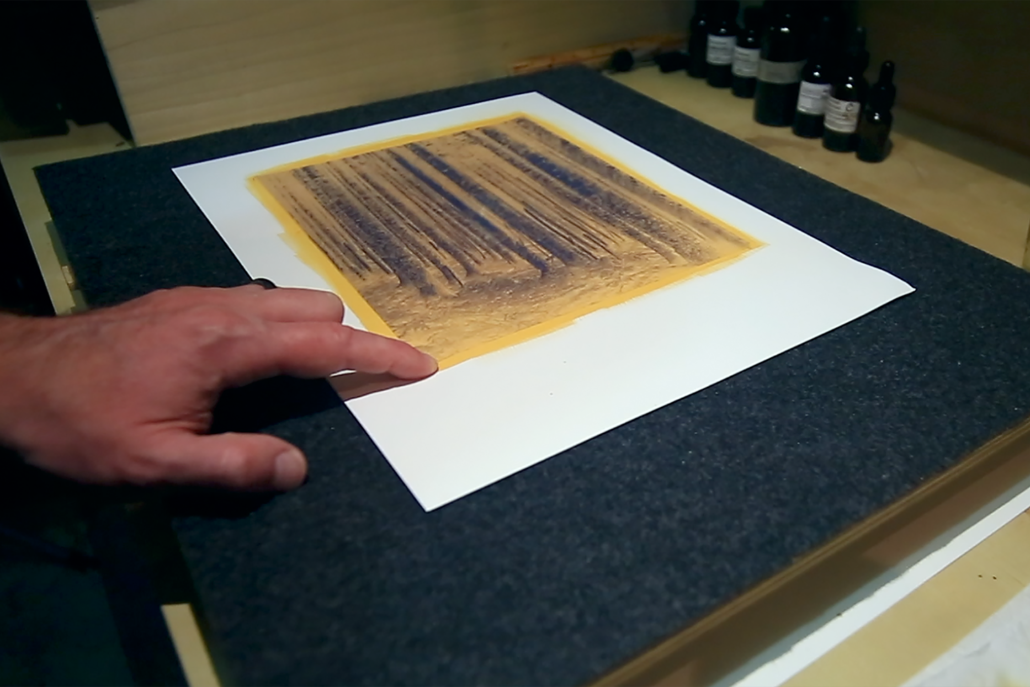
The contact frame is then placed inside an Ultraviolet exposure unit. These can be made or purchased and use a variety of different Ultraviolet light sources. I chose to make my exposure unit using LED Ultraviolet light strips. You can also use the Sun as your Ultraviolet light source, but you may find exposure times to be inconsistent one print to the next. The ultraviolet light causes a reduction of the platinum or palladium salts into pure metals.
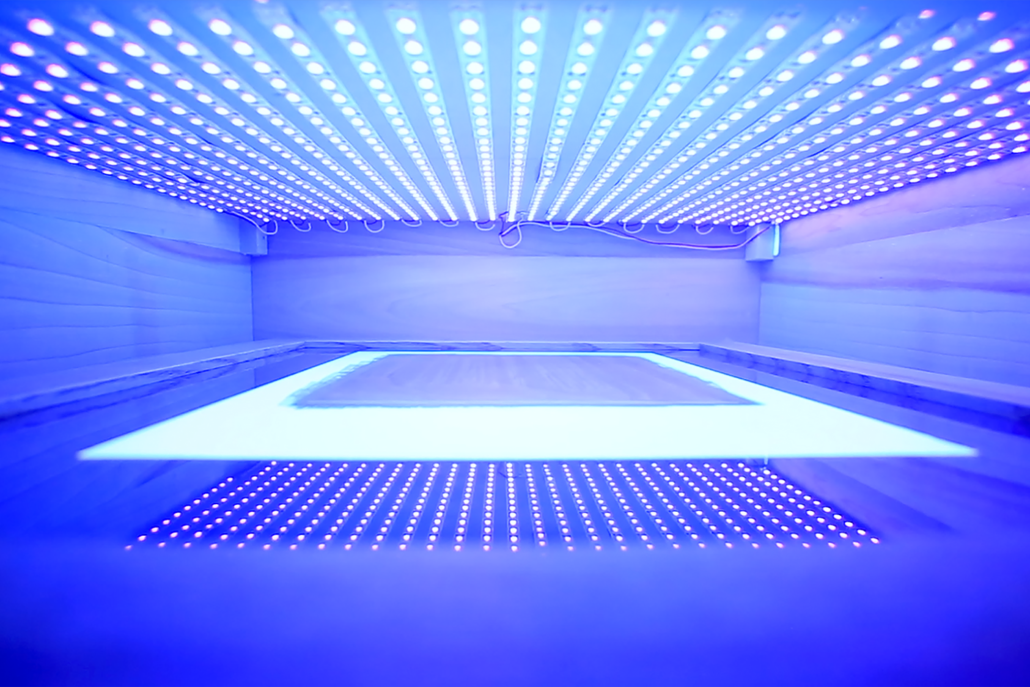
The real fun and excitement to Platinum Palladium printing comes at the moment of development. Once your developer comes into contact with the exposed platinum palladium coating, a reaction occurs where the image is transformed and visually seen at the same time the platinum and palladium have become embedded into the paper.
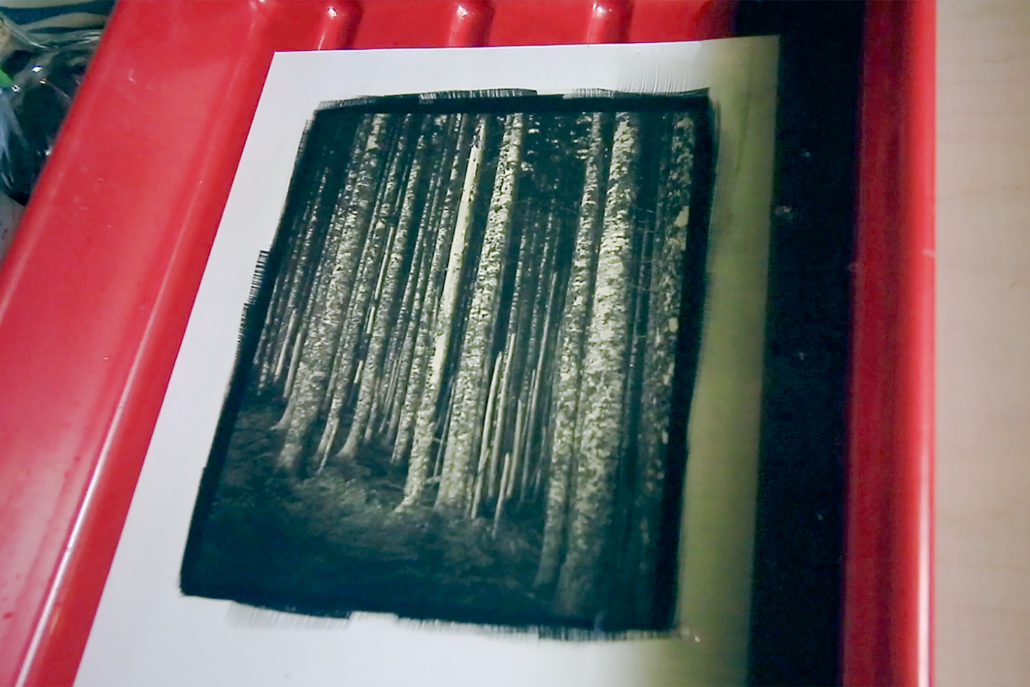
After several clearing baths to remove the remaining salts, the final print consists of pure platinum (Pt) and palladium (Pd) metallic fragments laid onto and embedded within the paper. The process I use today is virtually unchanged from that first patented process in 1873.
The platinum-palladium printing process is such a fun way to print your images. You may find the printing process to have a steep and sometimes frustrating learning curve, but once you dial in the prints to your own personal liking you will find great satisfaction in printing your own images for lasting generations.
A full video of the printing process is available to view at: https://www.youtube.com/watch?v=jx1BOiKOQKo
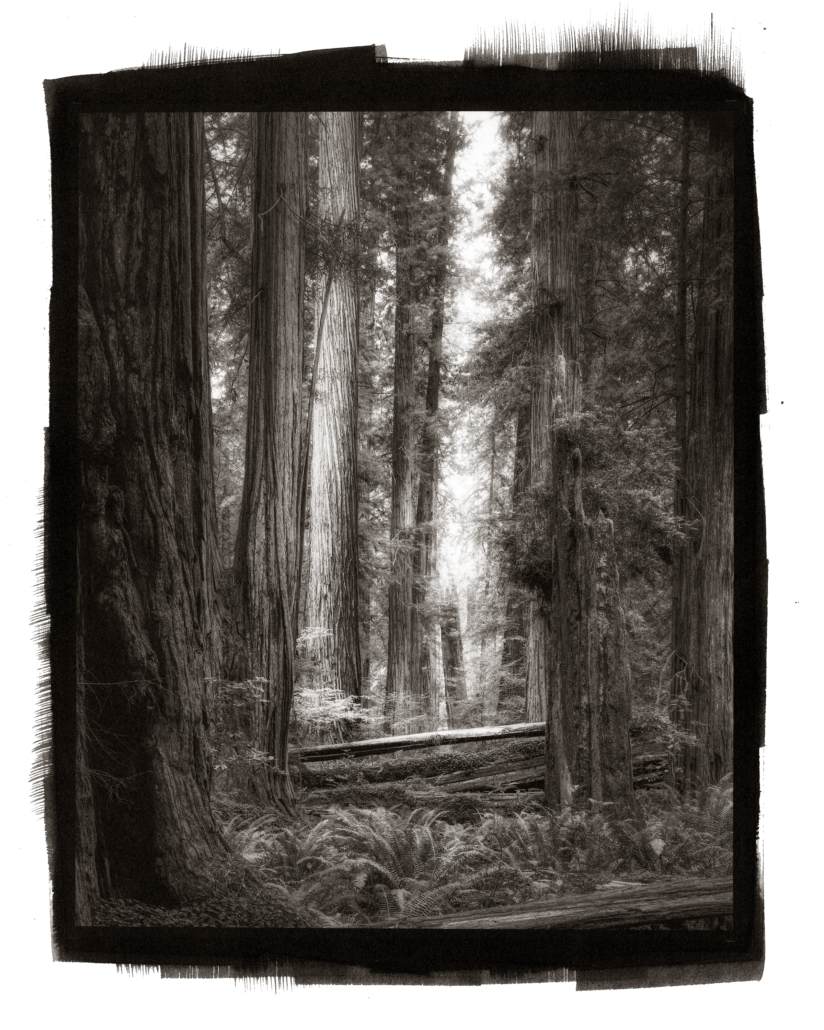
Thick of Things – Redwood Forest, California – Platinum Palladium
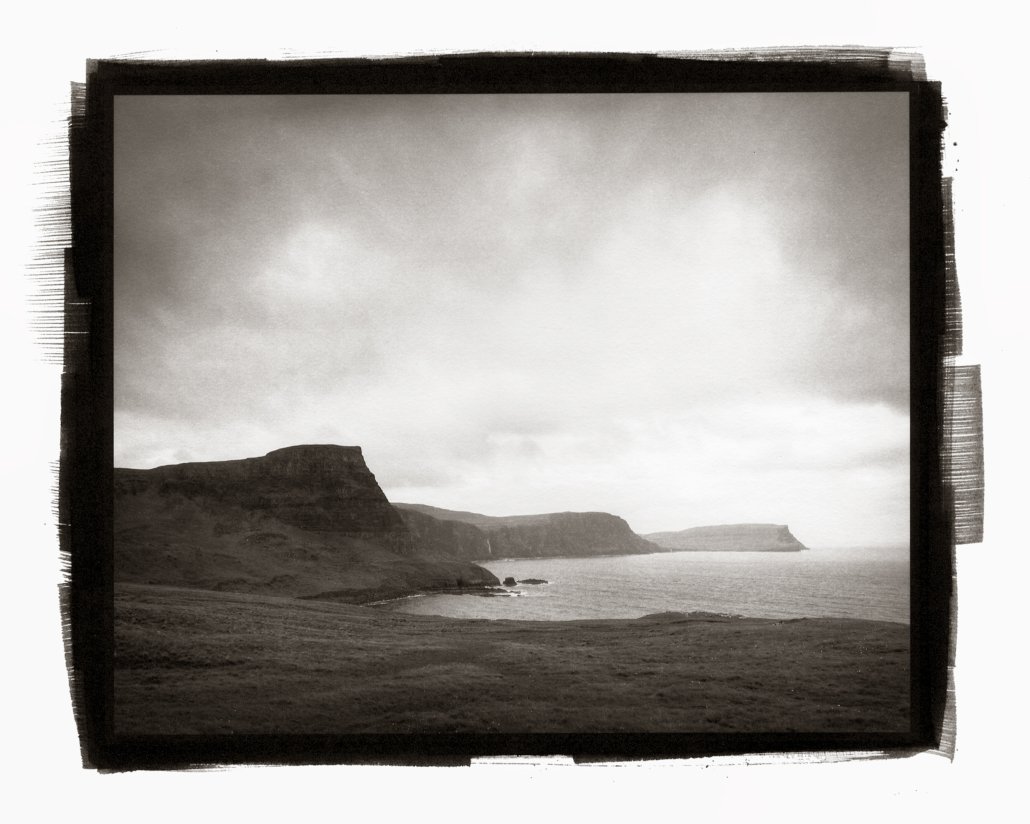
Land Of My Fathers – Ramasaig, Scotland – Platinum Palladium
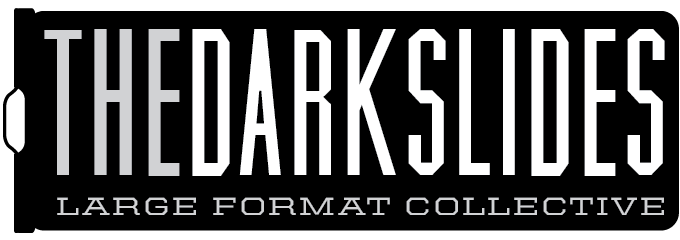
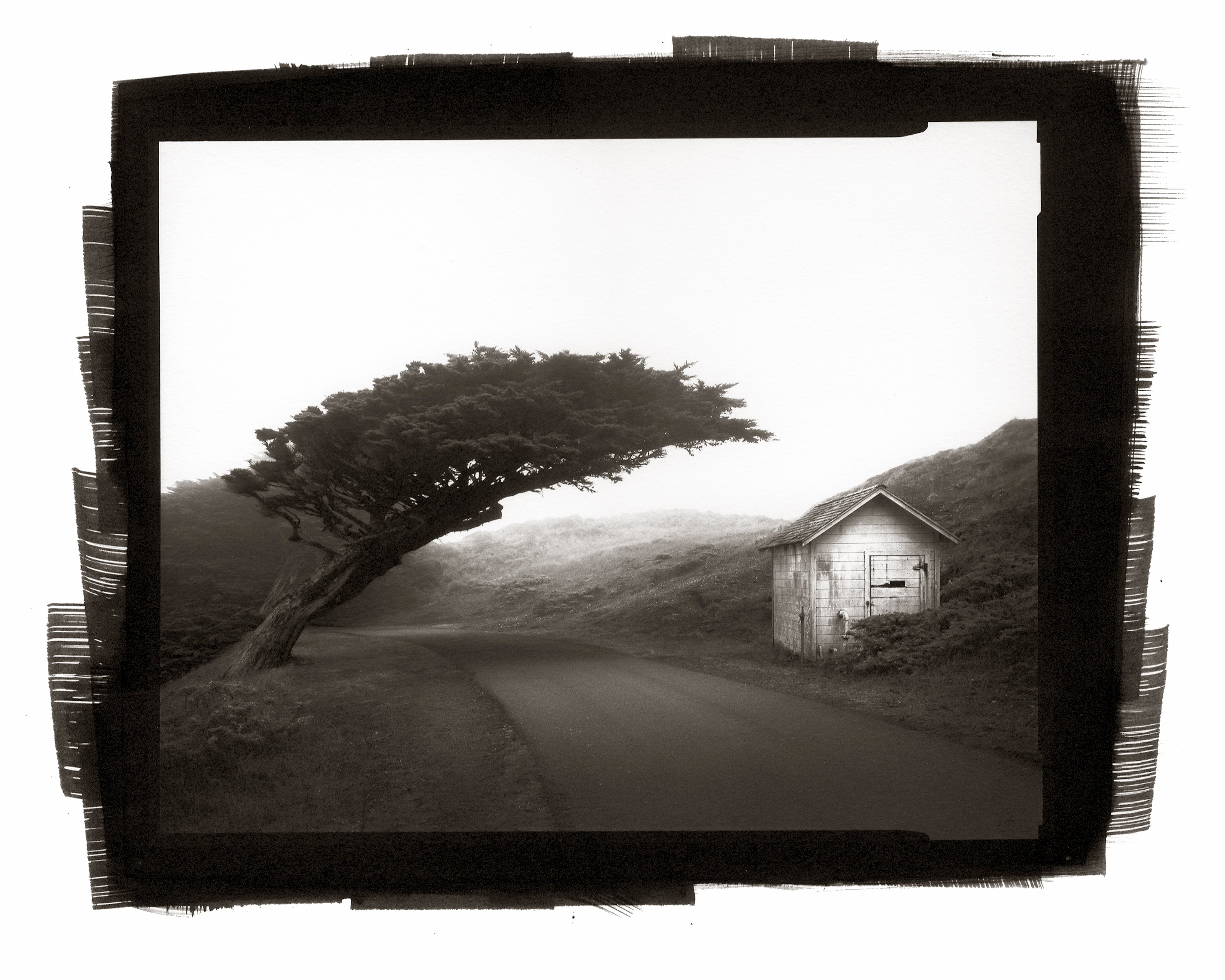

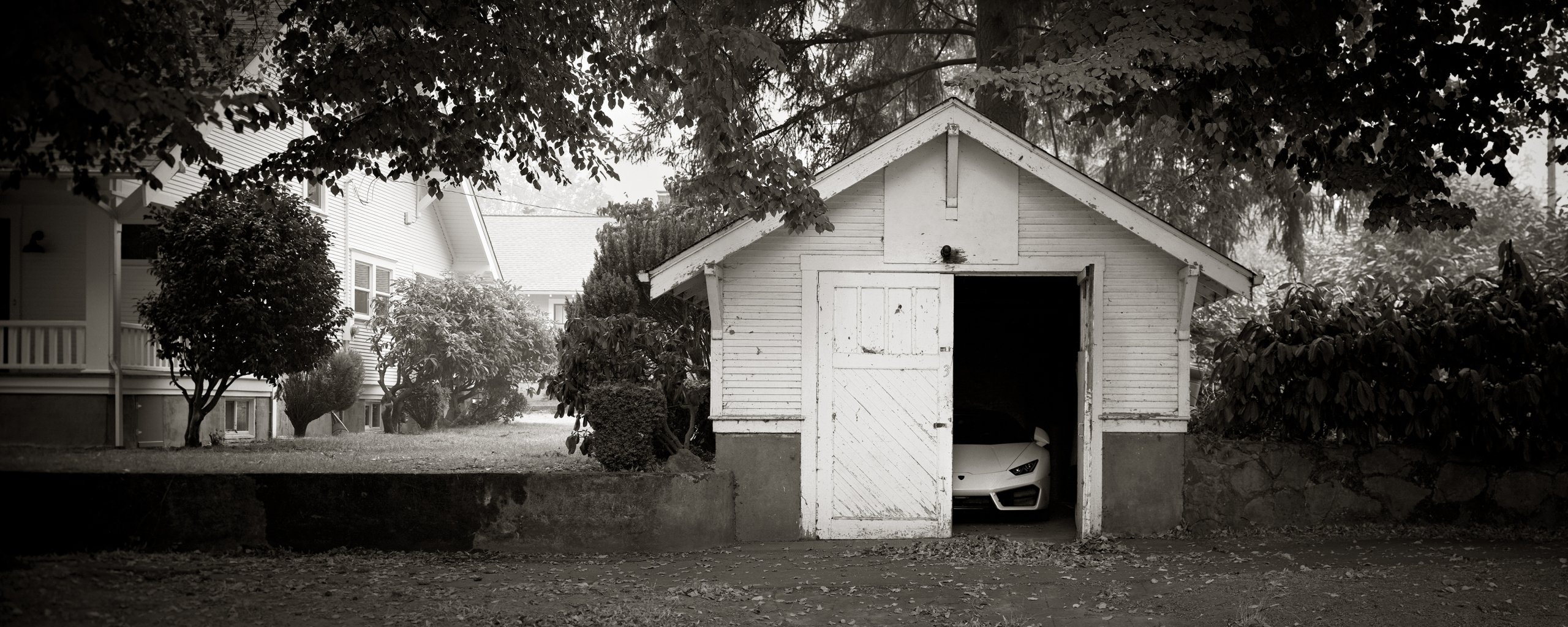
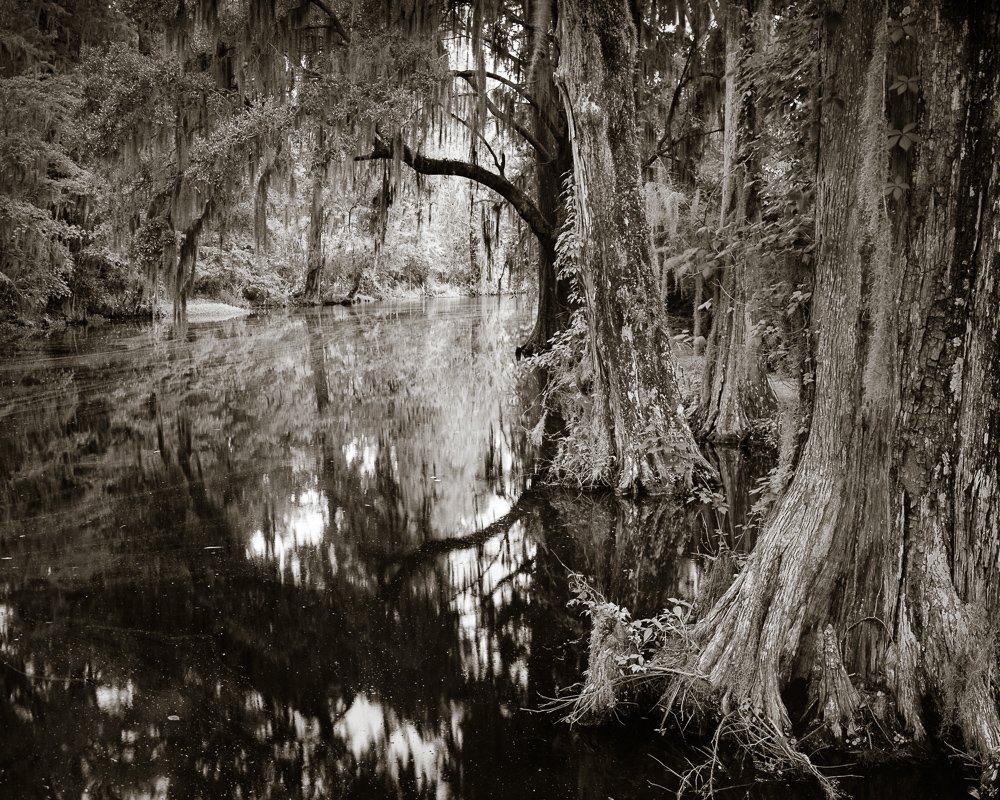

0 Comments